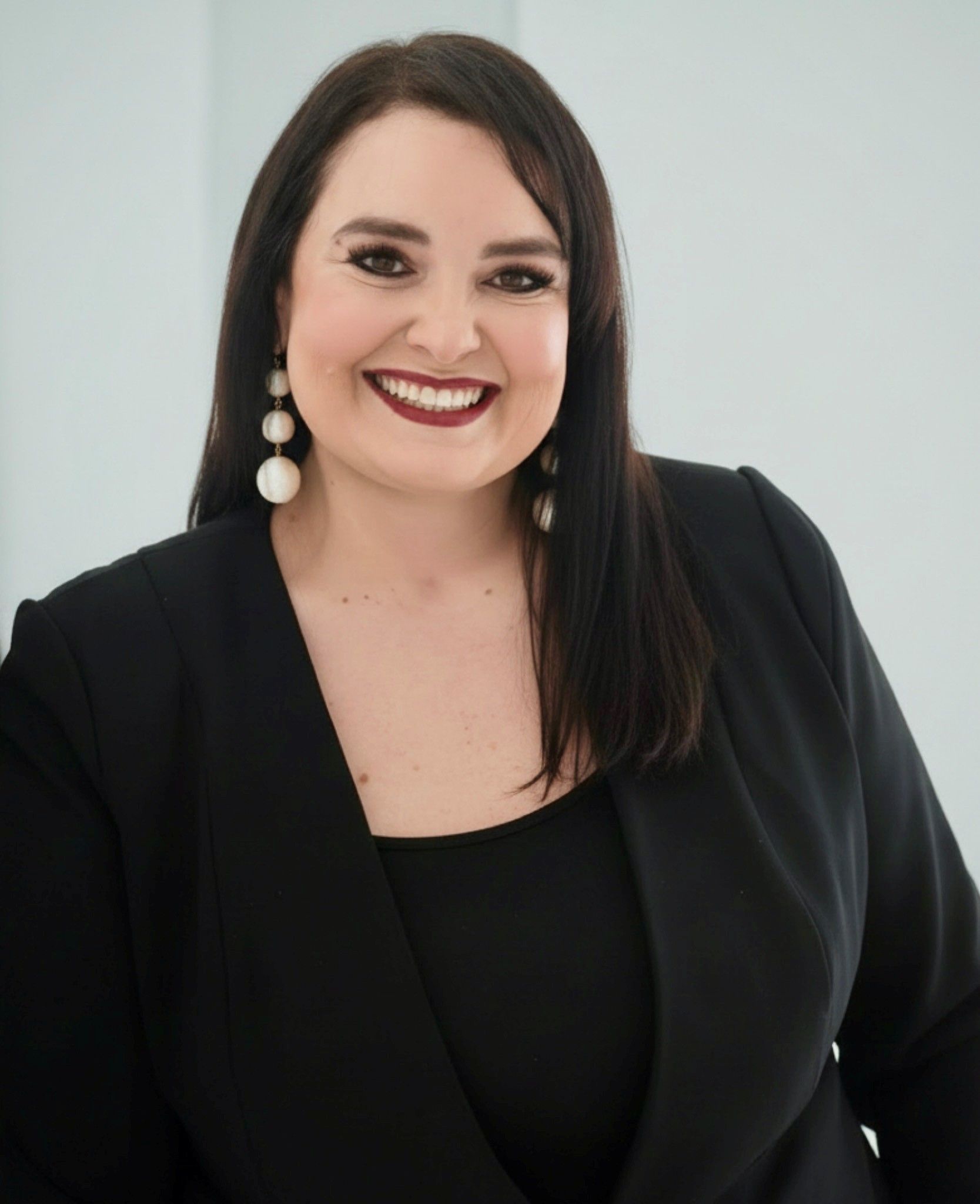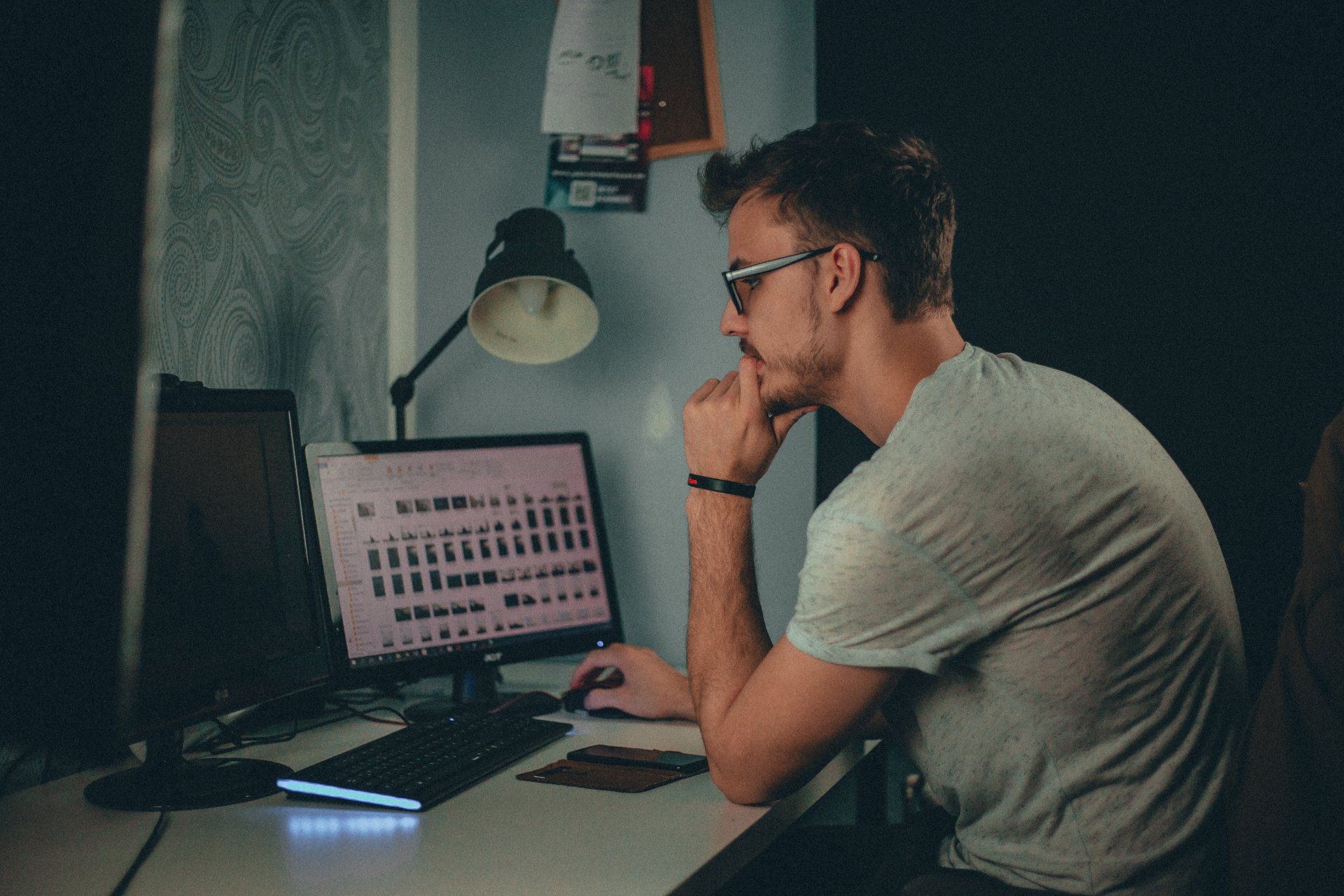COPYRIGHT INFRINGEMENT DEFENSE
DALLAS-FORT WORTH
Our experienced copyright litigation attorneys handle copyright infringement defense in federal court, state court, and the U.S. Copyright Office.
COPYRIGHT INFRINGEMENT DEFENSE
Defense Strategies for Copyright Infringement
A good copyright infringement defense starts with properly responding to a copyright infringement demand. Our copyright litigation attorneys can quickly determine any deficiencies in the copyright demand notice and begin to prepare a defense against claims of copyright infringement. Often there is no demand letter sent, and you may be served with a copyright lawsuit either personally or by registered mail. Our attorneys advise clients regarding copyright infringement defense as well as defending against copyright infringement lawsuits. Common defenses to copyright infringement include the following:
- Fair Use;
- Independent Development and Not Copied;
- Permitted Licensed Use;
- Owner Abandoned the Copyright (i.e., Public Domain);
- Owner Misused the Copyright;
- Not Copyright-able Subject Matter; and
- Statute of Limitations Expiration (3 Years from when the owner knew or should have known use).
Ultimately, in order for a copyright holder to successfully bring an infringement claim, that owner must plead and prove the following: (i) valid copyright exists; (ii) the defendant copied the work without authorization, and (iii) the alleged infringing work is substantially similar to the protected work.
What To Do When You Get A Copyright Infringement Notice
First, a notice of claimed infringement is a notice from the owner of a copyrighted material alleging unauthorized use. This notice will identify copyrighted materials, the alleged unauthorized use and demand expeditious removal and possibly payment of damages from you. It is important not to panic if you receive such a notice but rather read the copyright infringement notice in detail and confirm its accuracy or inaccuracy. Our copyright litigation attorneys can assist you in responding to any copyright infringement notice, and such a response is the first step in shielding you from potential liability. It is important never to ignore a copyright infringement notice or lawsuit as it is often difficult to fix a default in a copyright infringement case. How To Collect Attorney Fees In Copyright Cases
Additional Copyright Defense Focus
What Are Examples Of Copyright Infringement?
In today's digital age, we often take for granted the ownership of the images we encounter in our digital lives. It is important to remember that copyright infringement, is still copyright infringement despite how innocent it may feel. Below are some examples of copyright infringement:
- Using copyrighted images that you do not own;
- Using copyrighted images from someone else’s website;
- File sharing movies, videos, and music online (i.e., Napster, etc.);
- Modifying images and using them on your websites;
- Creating novelty items using copyrighted images; and
- Duplicating someone else’s literary works.
What Is Copyright Fair Use?
Fair use is a legal exception to an owner's exclusive rights for his or her copyrighted work. In other words, in certain circumstances, a person can use the copyrighted works of a copyright owner without violating the rights of that owner. But "Fair Use" is not the same as "Free Use" as it is conditional and subject to court interpretation. The purpose of fair use is to benefit the public interest in certain limited circumstances. There are four factors a court will consider when determining "fair use" and balance them accordingly: (i) Purpose and Character of Use; (ii) Nature of the Copyrighted Work; (iii) Amount of Copyright Work Used; and (iv) Market Effect to Copyright Owner.
| FAIR USE FACTORS | MAYBE FAIR USE | MAYBE NOT FAIR USE | |
|---|---|---|---|
| Purpose and Character of Use | Non Profit | Commercial Use | Commerical use generally not fair use. |
| Educational | Entertainmet | ||
| Personal | For Profit | ||
| Nature of the Copyrighted Work | Fact | Fiction | Unpublished works not fair use. |
| Published | Unpublished | ||
| Amount of Copyright Work Used | Small Amount | Large Amount | Large pieces of important material not fair use. |
| Insignificant Use | Strategic Use | ||
| Market Effect to Copyright Owner | Little/None | High Impact | Economic harm to owner not fair use. |
| Unable to Secure Permission | Available to License |
CLIENT MATTERS
5,000+
YEARS OF SERVICE
25+
Award Winning
Recognized in the legal industry as dedicated board-certified lawyers and Rising Stars.
Expert Team
Your project will be handled by legal experts every time. You will have the most experienced attorneys working for you.
Quality Representation











